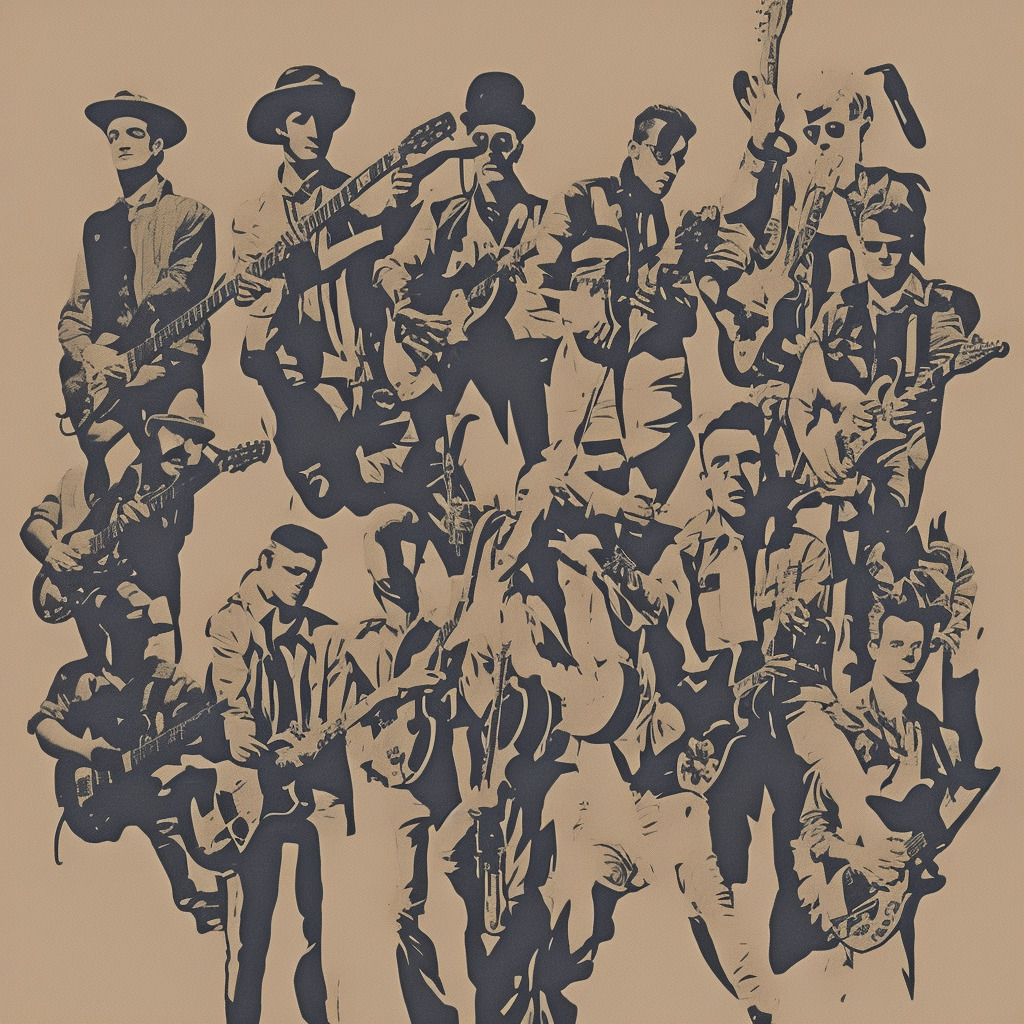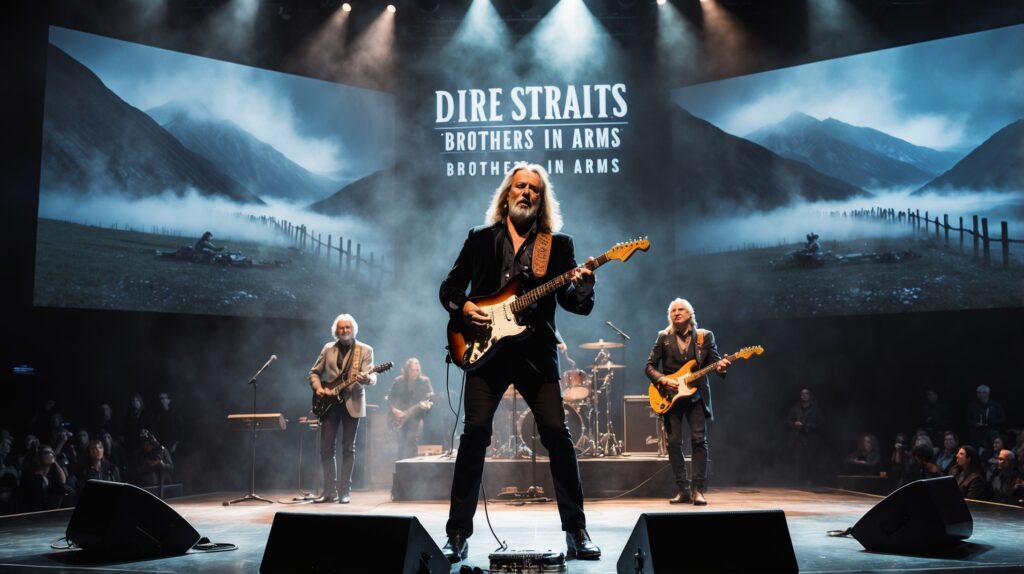🤘Did you know? #Sepultura’s iconic track “Roots Bloody Roots” was inspired by Brazil’s cultural diversity! 🌎 A true metal masterpiece! 🎸Craving more? Check ’em out live for a tribal mosh! 🔥#RootsBloodyRoots #MetalFact #MusicTrivia Read about it: tinyurl.com/3ccb8yax
The Sepultura Saga: Evolving Through Time
Evolving & enduring, Sepultura’s fusion of tribal influences with heavy metal in “Roots” revolutionized the genre and solidified their influential legacy.
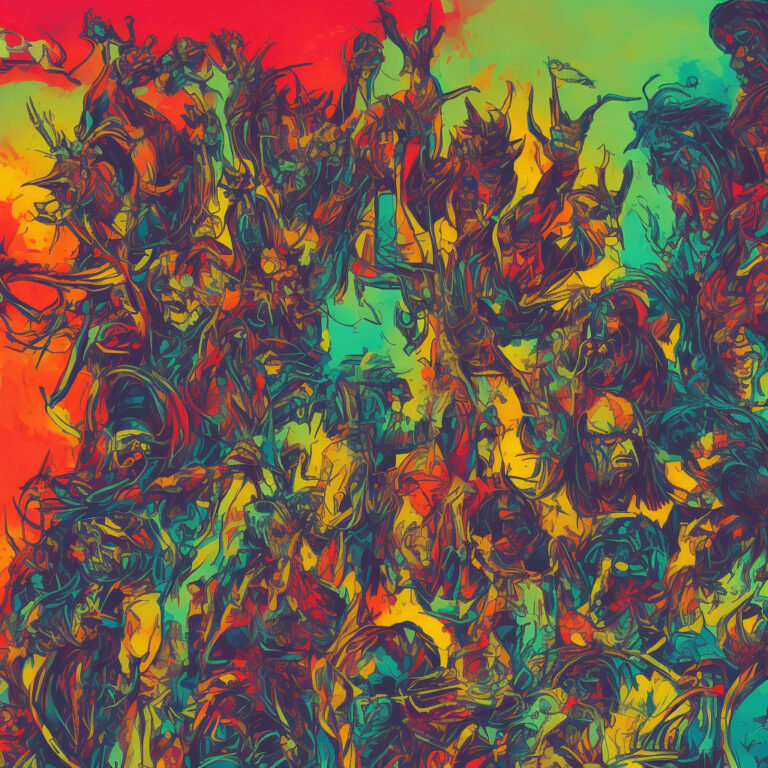
Hailing from Belo Horizonte, Brazil, Sepultura is a heavy metal band known for its pioneering sound that combines elements of thrash, death, and groove metal with tribal influences. The band, formed in 1984, has had a storied history, including numerous lineup changes and an evolving sound that has garnered both praise and criticism.
Roots Bloody Roots, the opening track and lead single from Sepultura’s sixth studio album, “Roots,” released in 1996, marks a significant turning point in the band’s career. This song encapsulates the band’s experimentation with Brazilian indigenous music and percussion, as well as a heavier, more aggressive sound, which has become a defining feature of Sepultura’s musical identity.
At the time of “Roots” release, the band consisted of brothers Max Cavalera (vocals, rhythm guitar) and Igor Cavalera (drums), Paulo Xisto Pinto Jr. (bass), and Andreas Kisser (lead guitar). Sadly, following the tragic death of Max’s stepson, tensions within the band led to Max’s departure in 1996, leaving a void in Sepultura that some fans argue has never been filled.
However, Sepultura persevered, recruiting Derrick Green as their new vocalist in 1997. With Green at the helm, the band continued to evolve and experiment, releasing several albums with varying degrees of commercial and critical success. Despite the differing opinions on Sepultura’s post-Max era, the fact remains that the band has maintained a loyal fan base and gained respect throughout the metal community for their relentless pursuit of innovation.
Though “Roots” and its groundbreaking single, Roots Bloody Roots, did not receive any awards or high accolades, the album was highly influential in the metal scene, inspiring numerous bands to incorporate tribal and world music elements into their sound. Furthermore, Roots Bloody Roots remains a fan favorite and a staple in Sepultura’s live performances to this day.
It’s essential to note that Sepultura’s daring approach to music and their willingness to push boundaries have ensured that they remain relevant and influential within the heavy metal scene. As for Roots Bloody Roots, the song stands as a testament to Sepultura’s ever-evolving sound and a reminder that innovation is a vital element in the world of music.
In summary, while the events surrounding the release of “Roots” signaled a time of change for Sepultura, the band’s relentless pursuit of innovation and their unwavering dedication to their craft has solidified their status as one of heavy metal’s most influential and enduring acts.
Charting the Success of a Metal Anthem
“Roots Bloody Roots” – A groundbreaking metal anthem that defied charts, transcended genres, and catapulted Sepultura to stardom.
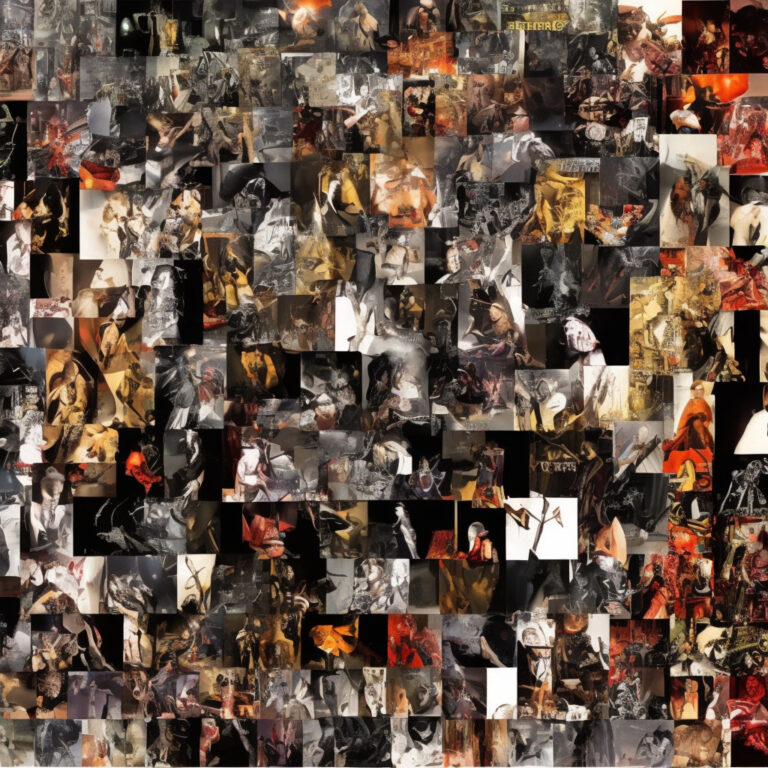
Upon its release on February 20th, 1996, “Roots Bloody Roots” immediately made its presence felt on the global metal scene. The song’s unique blend of metal, punk, and traditional Brazilian instrumentation propelled it to the forefront of the genre at the time.
In terms of chart success, “Roots Bloody Roots” had a strong showing in the UK Singles Chart, where it entered at an impressive #58 position, eventually climbing to its peak position of #49. It held its spot on the chart for a total of three weeks, solidifying its status as a metal anthem of the 90s. This achievement is particularly notable given the fact that heavy metal songs rarely cracked the top 50 in this era.
While the song didn’t achieve the same chart success in the United States, “Roots Bloody Roots” did manage to make its mark on the Billboard Hot 100, peaking at a respectable #103. However, the song did fare better on the specific genre-focused charts, reaching #37 on the Billboard Mainstream Rock Tracks chart.
In the band’s homeland of Brazil, “Roots Bloody Roots” exploded in popularity, becoming a staple on rock radio stations and catapulting Sepultura to mainstream stardom in their home country. The song’s success helped propel the album “Roots” to a peak position of #27 on the Brazilian Albums Chart, marking it as one of the band’s most successful releases in their career.
Despite not topping the charts globally, “Roots Bloody Roots” undoubtedly left a lasting impact on the metal world and beyond. Its chart performance serves as a testament to the song’s enduring popularity and the band’s ability to break through genre barriers and make their mark on the mainstream music landscape.
Unearthing the Deep Significance of Roots Bloody Roots
Roots, bloody roots
Roots, bloody roots
Roots, bloody roots
Roots, bloody roots
I believe in our fate
We don’t need to fake
It’s all we wanna be
Watch me free
I said, we’re going every day
Getting stronger in every way
I’ll take you to a place
Where we shall find our
Roots, bloody roots
Roots, bloody roots
Roots, bloody roots
Roots, bloody roots
Rain, bring me the strength
To get to another day
And all I want to see
Set us free
Why can’t you see?
Can’t you feel this is real?
I pray we don’t need to change
Our ways to be saved
That all we wanna be
Watch us freak
“Roots Bloody Roots” by Sepultura is a track that conveys raw power and emotion through its lyrics. The song was released in 1996, a time when tensions were high in many parts of the world. The lyrics “I believe in our fate / We don’t need to fake” encapsulate the spirit of the era, where authenticity was highly valued, and the fight for individuality and self-expression was at the forefront of cultural movements.
The song’s lyrics speak to the importance of staying true to oneself and one’s roots. The repetition of the phrase “roots, bloody roots” serves as both a reminder and a rallying cry. It emphasizes the importance of remembering where we come from and not losing sight of our true selves in the face of adversity or external pressures.
The lines “Rain, bring me the strength / To get to another day,” speak to the need for perseverance in difficult times. The call for strength from the rain is a nod to the band’s Brazilian roots and the significance of the rainforest in their culture.
The question, “Why can’t you see? / Can’t you feel this is real?”, highlights the frustration of trying to communicate the urgency of their message. The song’s plea for change and salvation is a reflection of the struggles faced by many during the time the song was written. The lyrics serve as a call for people to recognize the reality of their situations and to stand up for their beliefs.
Overall, “Roots Bloody Roots” is a powerful anthem with lyrics that resonate with listeners of any generation. The song’s message about staying true to oneself and persevering in the face of adversity remains relevant today, making it a timeless classic in the world of heavy metal.
Delving into the “Roots Bloody Roots” Music Video
“Unearthing the Intensity: Sepultura’s ‘Roots Bloody Roots’ Music Video Masterfully Blends Aggression, Heritage, and Lasting Impact on Heavy Metal Culture.”
The music video for Sepultura’s iconic song, “Roots Bloody Roots,” is an intense visual experience that reflects the raw energy and aggressive nature of the song. Released in 1996 and directed by Thomas Mignone, this video is a memorable and powerful representation of the band’s signature sound and message.
Mignone, known for his work with other heavy metal and rock bands like Slipknot and Mudvayne, brilliantly captures the essence of “Roots Bloody Roots” through a combination of stark, monochromatic visuals and frenetic camera work. The video primarily features the band performing in front of a massive, industrial-looking structure, interspersed with shots of vocalist Max Cavalera passionately singing into the camera.
One of the most striking aspects of the “Roots Bloody Roots” music video is its use of stark black and white imagery, occasionally punctuated by deep red tones. This visual approach not only enhances the aggressive mood of the song but also highlights its themes of cultural roots, ancestry, and resistance against oppression. The video’s limited color palette is a nod to the band’s Brazilian heritage, featuring elements reminiscent of capoeira, the Brazilian martial art, and the Brazilian flag’s colors.
The production team behind the “Roots Bloody Roots” video aimed to create a visceral and engaging experience for viewers. Although the exact budget for the video is unknown, it is evident that Mignone and his crew succeeded in crafting a visually striking and memorable piece of art that continues to resonate with fans more than two decades after its release.
In addition to the official music video, “Roots Bloody Roots” has inspired numerous fan-made videos and tributes on YouTube. Many of these videos feature fans performing their own renditions of the song or creating montages of live performances and behind-the-scenes footage of Sepultura. This enduring fan enthusiasm speaks to the lasting impact and legacy of “Roots Bloody Roots” within the heavy metal community.
In summary, the music video for Sepultura’s “Roots Bloody Roots” is a powerful, visually arresting work that perfectly encapsulates the song’s energy and message. From Thomas Mignone’s skilled direction to the artistic approach and dedication of the production team, this video serves as a testament to the enduring appeal of Sepultura’s music and the lasting influence they have had on the world of heavy metal.
The Mastermind Behind “Roots Bloody Roots”
The iconic song “Roots Bloody Roots” was composed by the talismanic Brazilian musician, Max Cavalera, who co-founded Sepultura alongside his brother Igor Cavalera. Max has a knack for creating music that resonates with fans of heavy metal and thrash metal genres. As the primary songwriter and vocalist for Sepultura, he has been instrumental in the creation of numerous influential tracks that have left an indelible mark on the metal world. One such notable composition is “Refuse/Resist” from their widely acclaimed album “Chaos A.D.” Max’s unique blend of aggressive riffs, powerful lyrics, and rhythmic tribal influences has earned him a special place in the hearts of metalheads across the globe, making him a key figure in the ever-evolving landscape of the genre.
A Legacy That Continues to Thrive
“Roots Bloody Roots” – Sepultura’s 1996 metal masterpiece still resonates today, inspiring artists and dominating pop culture with its aggressive sound and groundbreaking fusion of metal and world music.
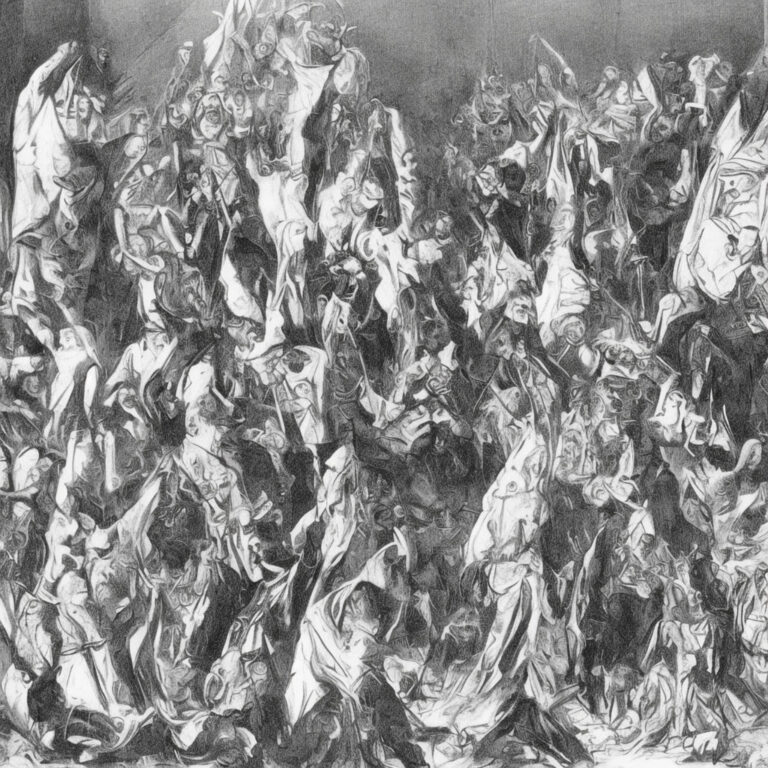
“Roots Bloody Roots” has undoubtedly left an indelible mark on the heavy metal music scene since its release in 1996. Over the course of its existence, the song has been recognized in various ways and found its way into other forms of media. Its impact and influence continue to be felt today, as the song remains a staple in both Sepultura’s repertoire and the broader metal scene.
Although “Roots Bloody Roots” did not receive any significant awards upon its release, it has maintained a strong standing within the metal community. The song has consistently been ranked highly on various ‘greatest metal songs’ lists, and its status as an influential and defining track is unquestionable. Critics and fans alike continue to praise the song for its aggressive sound and unique blend of metal and world music elements, with many considering it to be a landmark composition in the heavy metal genre.
The song has made numerous appearances in the world of film, television, and video games, further solidifying its place in popular culture. “Roots Bloody Roots” has been featured in several video game soundtracks, including the 2010 release “Guitar Hero: Warriors of Rock” and the 2016 game “Rock Band 4.” It has also had its fair share of film screen time, notably in the 1997 vampire thriller “The Forsaken” and the 2001 horror movie “Soulkeeper.”
“Roots Bloody Roots” has sparked the creative interests of several artists and bands, resulting in various cover versions over time. Notable covers include one by French band Eths, who featured their take on the song in a 2008 compilation album. Another standout rendition comes from the Finnish cello metal band Apocalyptica, who released an instrumental cover as part of their 2003 album “Reflections.” The song’s numerous covers are a testament to its lasting influence and continued ability to inspire contemporary musicians.
Though it has been over two decades since “Roots Bloody Roots” first burst onto the scene, the legacy of this powerful track remains intact. With its continued presence in popular culture and its undying ability to inspire new generations of musicians, “Roots Bloody Roots” stands as a testament to Sepultura’s enduring impact on the world of heavy metal.
Dissecting the Musical Anatomy
Diving into the technical aspects of “Roots Bloody Roots,” one can easily sense the sheer power and aggression that Sepultura managed to capture. The song is written in the key of C# minor, giving it a dark and intense edge that perfectly complements its lyrical content.
The song kicks off with a heavily palm-muted, down-tuned guitar riff, accentuating the aggressive tone that is maintained throughout. The chunky power chords, played by guitarist Andreas Kisser, are a staple of Sepultura’s sound and add to the menacing atmosphere of the track. The verse riff alternates between the root note (C#) and its octave, creating a hypnotic and driving force that propels the song forward. There’s a great sense of balance between the simplicity of the main riff and the more complex interplay between the guitars and drums in other sections of the song.
Tempo-wise, “Roots Bloody Roots” clocks in at a moderate 121 BPM (beats per minute), allowing for headbang-friendly grooves without sacrificing any of the track’s intensity. The rhythmic structure is primarily built around a 4/4 time signature, which is common in rock and metal music. However, Sepultura does break away from the standard time signature during some of the instrumental sections, adding a layer of complexity that keeps listeners engaged.
The drumming in “Roots Bloody Roots” is nothing short of phenomenal. Igor Cavalera’s performance is characterized by tight, powerful grooves and intricate patterns that showcase his technical prowess. The use of double bass drumming adds extra weight to the song, while the incorporation of tribal-esque percussion elements pays homage to the band’s Brazilian roots. This fusion of traditional and modern percussion techniques is a defining aspect of Sepultura’s sound and is executed flawlessly in this track.
The vocal delivery by Max Cavalera is raw and aggressive, with a mix of growls and shouts that convey the song’s message of defiance and resilience. The chorus features gang vocals, adding a sense of unity and solidarity to the song’s overall theme. The lyrics themselves are a call to arms, urging listeners to embrace their roots and fight against oppression and conformity.
Overall, “Roots Bloody Roots” is a masterclass in how to create a heavy, aggressive, and memorable metal song. The combination of powerful riffs, thunderous drumming, and visceral vocal delivery come together to form a track that is as relevant today as it was when it was first released in 1996. With its technical proficiency, unique fusion of musical styles, and unrelenting intensity, it’s no wonder that “Roots Bloody Roots” remains a fan favorite and a staple of Sepultura’s live performances.




